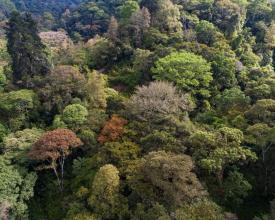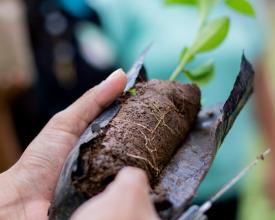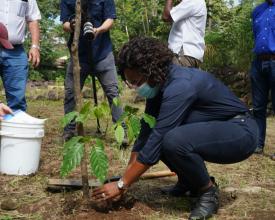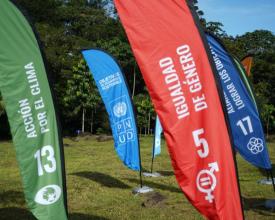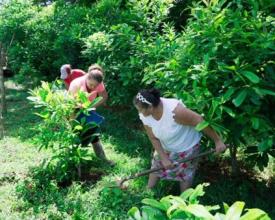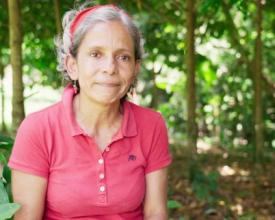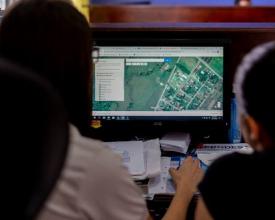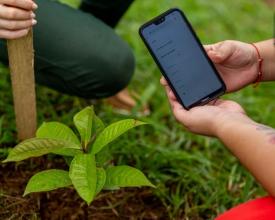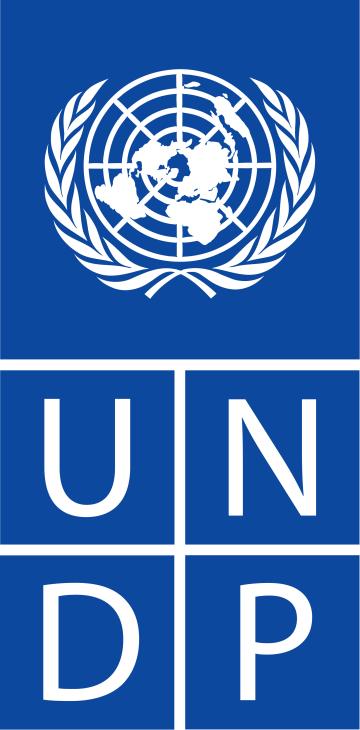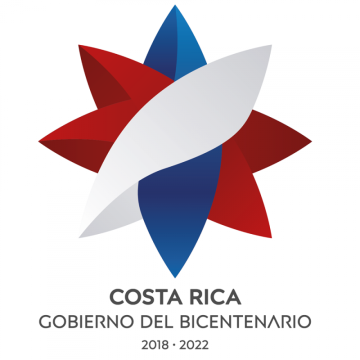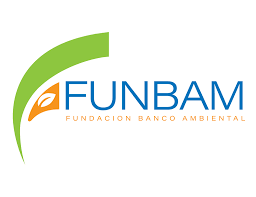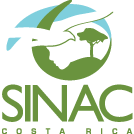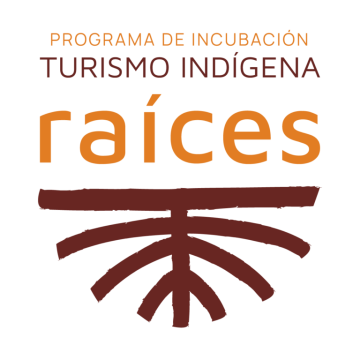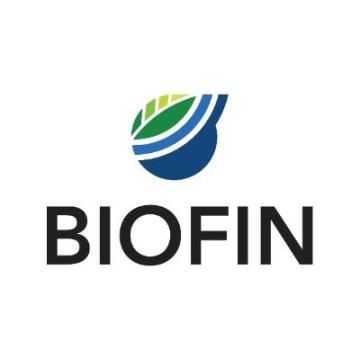
Footprints4ourFuture : Une campagne de crowdfunding pour le reboisement durable et la création d'emplois au Costa Rica
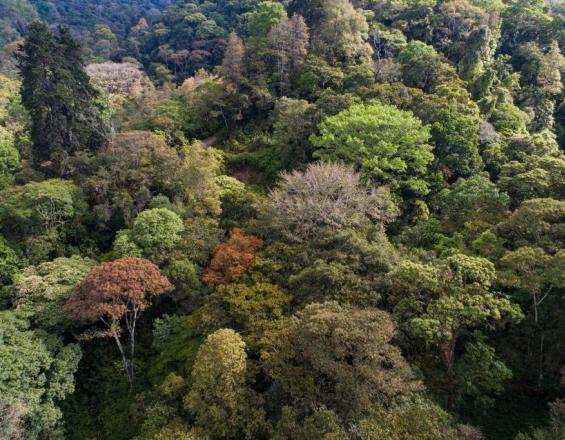
Au Costa Rica, la campagne de crowdfunding "Footprints4ourFuture" (Huella del Futuro), lancée par BIOFIN et dirigée par le vice-président, a permis de récolter 1,7 million de dollars US pour réduire le chômage exacerbé par le COVID-19, tout en restaurant les écosystèmes et en reboisant les terres publiques vulnérables. Avec l'approbation du premier programme d'incubation au Costa Rica pour le tourisme durable dans les zones indigènes, "Raíces", par le Conseil d'administration de la Banque de développement durable, un total de 577,5 millions de dollars a été mobilisé, dont 168,5 millions de dollars pour l'édition 2022 de Raíces, 345 millions de dollars pour le programme CRE-C et 64 millions de dollars pour le portefeuille de tourisme durable dans les corridors biologiques. Le programme cherche à mobiliser des fonds par la plantation et/ou la restauration de 200 000 arbres et 5 ans de leur entretien, à suivre sa mise en œuvre, à systématiser l'apprentissage et à institutionnaliser le mécanisme financier.
Traiter
Blocs de construction
Combining a variety of donation options and marketing strategies to promote contributions
Donors can contribute to the campaign through different packages/amounts: “My Footprint” (one tree for 15 USD), “Family Footprint” (10 trees for USD 150), “Small Business Footprint” (100 trees for USD 1,500), and “Corporate Footprint” (1,000 trees for USD 15,000).
These packages can be purchased on the campaign’s website, that launch to a national account for FUNBAM. It is also possible to contribute by directly making bank transfers to an account in dollars or Costa Rican colones, or quickly donate using SINPE Móvil, the country’s instant mobile money transfer system. Companies and organizations, as well as Embassies made the transfer through this modality under a signed agreement with FUNBAM (the executing agency). Initially, it was also possible to donate through UNDP’s international platform, which was later removed since outreach activities were nationally focused.
Moreover, through a partnership with the corporate hardware store Ferretería EPA, customers in seven physical stores are invited to donate their spare change and complement to plant a tree, reaching those who may not have been initially aware of the campaign.
Finally, for the 1,000-tree corporate package, meetings were arranged with potential partner companies to encourage collaboration. Embassies such as Spain, Italy and others also used this modality.
Facteurs favorables
The effective promotion of the campaign has gone hand in hand with the success of these various donation platforms. The marketing strategy has included social media, Google and TV ads, as well as support from the national television program Más que Notícias through specials and interviews.
The availability of technology, human expertise, and funding to sustain the online donation platform are other enabling factors.
Leçon apprise
- It is important to align the campaign with larger impact, policy or institutional goals (in Costa Rica, to achieve 60% forest cover by 2030).
- Engaging high-level champions, such as former Vice President of Costa Rica Epsy Campbell, fosters mobilization for the campaign.
- Delivering with credible public organizations (FONAFIFO, UNDP) contributes to building public trust in the campaign.
- It is fundamental to include measures for transparency and traceability of funds and results (georeferenced trees, and donor and results report).
- Comms, comms, and more comms support campaign’s success:
- Clear graphic design throughout the campaign (logo, social media, life stories, press, presentations, face masks, videos, storyline, and alliances).
- Investment in a designer, a PR specialist, and dedicated time for campaign execution.
- It is necessary to effectively mobilize resources through a diverse outreach and marketing strategy with target audiences:
- The donation page by itself is limited in mobilizing donations. It is more effective to engage funds, bilateral donors, and private and public companies through one-on-one meetings and interactions.
Ressources
Using funds to improve the living conditions of vulnerable populations while promoting tree planting and ongoing maintenance in an integrated way
Funds raised were used both to cover reforestation costs and to create hundreds of green wages and jobs. On the one hand, Costa Rica aims to reach 60% of forest cover by 2030, and seedlings require ongoing care to ensure they survive and thrive. On the other hand, the socioeconomic conditions of already vulnerable communities in the northern region of the country worsened with the COVID-19 pandemic.
#Footprints4ourFuture addresses these two challenges in an integrated way. Each tree planted comes with a five-year maintenance plan to ensure its survival. This plan is implemented by local workers who plant and prune trees, improving the living conditions of vulnerable populations and providing a sustainable source of income beyond the period of the pandemic. This approach also contributes to raising local awareness and promoting community ownership of reforestation efforts.
Facteurs favorables
Community interest and willingness to carry out green jobs, along with the long-term availability of funds for the five-year maintenance plan, are key factors for success.
Leçon apprise
Biodiversity conservation and restoration initiatives have a higher likelihood of success when combined with financial support for vulnerable participant populations. This approach allows initiatives to address both socioeconomic and environmental issues simultaneously, besides encouraging local community participation and fostering openness to environmental education.
Furthermore, reforestation and other environmental activities should prioritize ongoing maintenance, as it ensures that the initial investment yields long-term results.
Multi-stakeholder partnerships for effective campaign design and gender-responsive implementation
The crowdfunding campaign is based on multi-stakeholder partnerships, which have enabled its effective design and helped target those most in need.
UNDP BIOFIN supported the conceptualization, development, and implementation of the campaign, in addition to engaging in technical and political dialogues and conducting presentations with potential donors. FUNBAM hosts the operations of the campaign within its structure. Other co-creation partners are the MINAE, responsible for issuing environmental licenses, and FONAFIFO. By leveraging this pool of diverse capacities, the campaign has been effectively designed, successfully attracted donors, and able to operate on Costa Rican public lands.
When it comes to implementation, it was identified that women, especially those heading households, were particularly affected by COVID-19. Therefore, the distribution of funds collected through the campaign is built on strong local community and gender-based principles. Green jobs for planting and maintenance activities are currently provided through collaborations with 17 implementing partners, nine of which are women-led local organizations.
Facteurs favorables
Enabling factors include the willingness of partners with diverse capabilities to join the campaign and contribute their expertise, access to local communities and the development of a relationship of trust, and the prior assessment of local needs to ensure that the campaign is designed to address them effectively.
Leçon apprise
Multi-stakeholder partnerships, involving both private and public sector actors, are crucial for enhancing the effectiveness of crowdfunding campaigns, especially those targeting public lands or large-scale projects such as reforestation.
Ressources
Innovative tools for monitoring tree planting and maintenance
The solution includes an online map on #Footprints4ourFuture’s website, through which it is possible to monitor tree planting and maintenance. This innovative tool was developed by a group of young women from the north of Costa Rica. It provides data on the number and location of trees planted, including their species, planting date, and care detail. By enabling contributors to locate their specific tree on the map, the tool enhances transparency and accountability, potentially encouraging adherence to the campaign. It also provides valuable information for the monitoring and evaluation of #Footprints4ourFuture.
Facteurs favorables
Enabling factors include the availability of funding and technological support for maintaining the tool. Moreover, the map’s ability to enhance accountability and transparency depends on contributors’ being aware of its existence and using it to track progress.
Leçon apprise
Monitoring and evaluation tools are essential to engage donors and partners, besides ensuring that the project stays on track to achieve its intended impact, and enabling timely adjustments if needed.
Impacts
Le programme Huella del Futuro #Footprint4ourFuture cherche à mobiliser des ressources pour que les groupes, les organisations et les individus puissent poursuivre leur travail et accroître leur impact. Le programme vise à promouvoir :
- La capture du carbone
- La protection des ressources en eau
- La conservation de la biodiversité
- Amélioration de la beauté des paysages
- l'approvisionnement en denrées alimentaires
- Création d'emplois et d'entreprises
- Environ 157 emplois directs au cours des cinq premières années
À ce jour, plusieurs effets positifs ont été constatés :
- Mobilisation de 1,7 million de dollars pour des projets de reforestation et de restauration de l'écosystème dans le nord du Costa Rica
- Mise en œuvre réussie de l'initiative Footprints4ourFuture, qui a atteint 94 % de son objectif initial.
- Création d'emplois verts et réduction du chômage exacerbé par la pandémie de COVID-19
- Soutien aux femmes chargées des efforts de reforestation au niveau communautaire, au profit de 139 femmes et 121 hommes issus de communautés rurales vulnérables du nord du Costa Rica.
- Approbation du programme "Raíces" (Racines), le premier programme d'incubation pour le tourisme durable dans les zones indigènes du Costa Rica.
- Mobilisation de 577,5 millions de dollars pour diverses initiatives de développement durable, y compris Raíces et le programme CRE-C
- Introduction d'une taxe sur les zones protégées qui pourrait générer plus de 3 millions de dollars de nouvelles recettes, entièrement affectées à l'agence nationale des zones protégées (SINAC).
